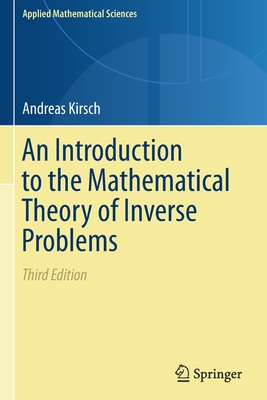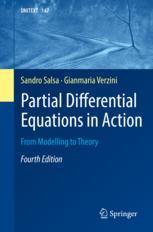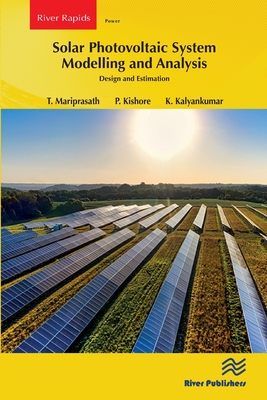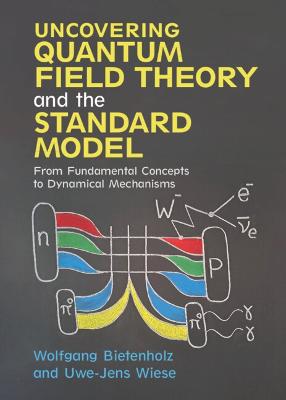
Extruder Processing
挤出机加工:单螺杆和双螺杆挤出机的*固体输送、熔化和混合比较
高聚物工程
¥
1294.00
售 价:
¥
1035.00
优惠
平台大促 低至8折优惠
发货周期:国外库房发货,通常付款后3-5周到货!
出 版 社
出版时间
2022年10月30日
装 帧
精装
页 码
220
开 本
19x24cm
语 种
英文
综合评分
暂无评分
- 图书详情
- 目次
- 买家须知
- 书评(0)
- 权威书评(0)
图书简介
Single-screw or twin-screw extruder? When the need to produce a homogeneous polymer melt occurs in the industrial environment, both product attributes and equipment cost must be evaluated. For many applications both the single and twin-screw extruder will produce the desired homogeneous melt needed to form the product through an extrusion die. Some applications such as dispersive mixing of solids in a polymer matrix are best accomplished in a twin-screw extruder. On the other hand, applications involving chemical reactions, color concentrate distributive mixing, and in line polymer-polymer distributive mixing can be accomplished with either device. However, for the same production rate, twin-screw extruders are generally more expensive than single-screw extruders with a diameter less than 200 mm. Therefore, a thorough understanding is needed for the concepts of solids conveying, melting, and mixing for the two types of extruders to make appropriate process acquisition decisions. This book covers engineering and technology concepts that should aid the practitioner in comparing these two types of extrusion equipment relative to process requirements. The handbook is intended for newcomers interested in the theoretical and regulatory aspects of validation and for thermal analysis practitioners who have to validate their equipment and methods. Contents: Part 1: Validation of Computerized Systems Recent Changes in Regulations and Regulatory Guidance Instrument Qualification, Computerized System Validation and Method Validation Regulatory Requirements for Computerized System Validation Computerized System Validation Writing the User Requirements Specification (URS) Auditing the System Supplier Installation Qualification and Operational Qualification (IQ and OQ) Performance Qualification (PQ) or End User Testing Part 2: Method Validation Measurement Errors and Uncertainty of Measurement Validation of Analytical Procedures and Methods Interlaboratory Studies in Thermal Analysis Method Development Through to SOP Practical Examples Appendix 1: 21 CFR Part 11 and EU GMP Annex 11 Appendix 2: Basic Statistics Appendix 3: Standard Test Methods for Thermal Analysis
本书暂无推荐
本书暂无推荐















